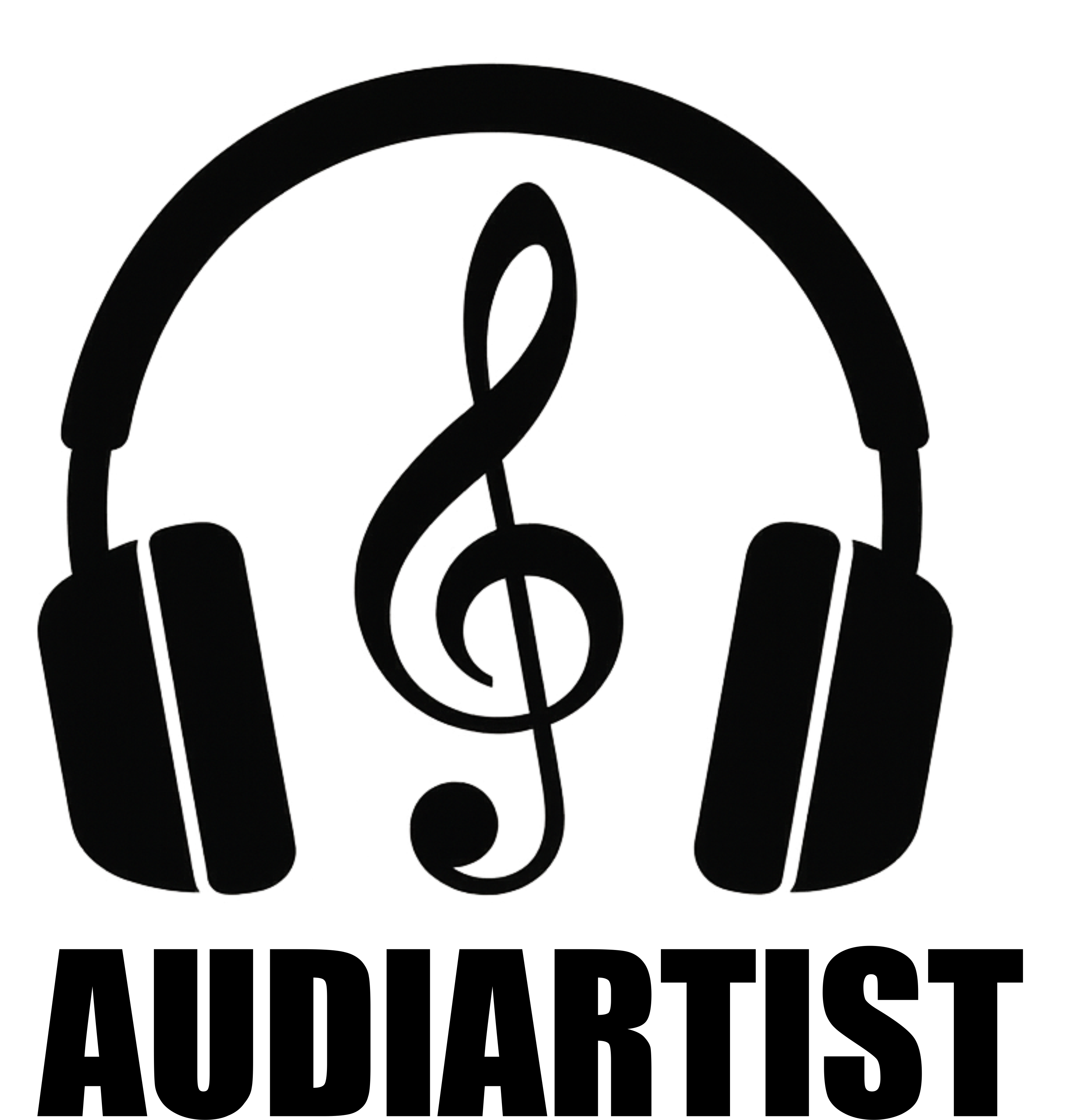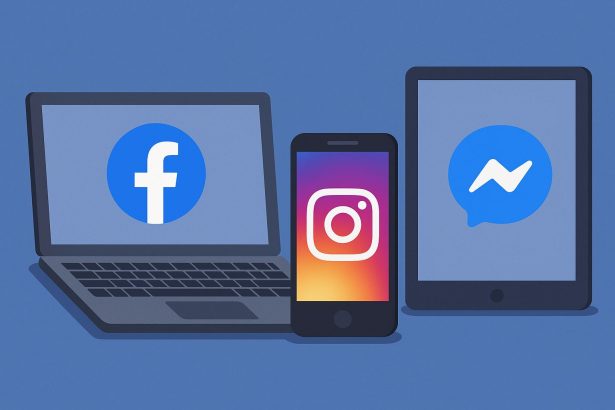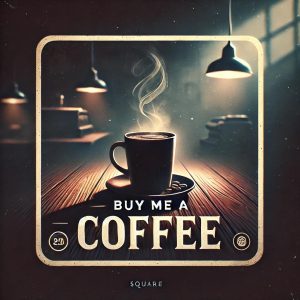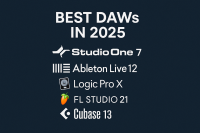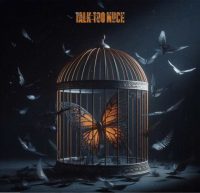How independent musicians can use Facebook and Instagram ads to grow their audience, promote new music, and build real fan relationships using Meta’s ad tools.
For a long time, Facebook and Instagram ads felt like a playground for big brands and startups chasing conversions. But the game has changed. In 2025, more and more musicians are using these tools not just to gain visibility, but to build sustainable careers, one campaign at a time.
If you’re releasing a track, announcing a live show, or trying to boost your Spotify streams, learning to use Meta Ads strategically could be the smartest move you make this year.
When “Boosting” a Post Isn’t Enough
We’ve all done it — hit that little “Boost Post” button on Instagram and hoped for the best. It’s quick and convenient, but in reality, it’s the most limited version of Meta’s advertising tools. You can’t fully control your audience, you can’t test formats, and the optimization options are minimal.
Take Lisa, for example — an emerging soul artist who boosted an Instagram post to promote her new video. She got 5,000 views, but barely any clicks. The second time around, she built a custom campaign in Meta Ads Manager. Same content, but she targeted fans of Jorja Smith and FKJ in five countries, used subtitles on her video, and chose the “Video Views” objective. This time: fewer views, but 450 clicks to YouTube — and dozens of new followers.
Facebook or Instagram? Both.
Instagram might feel like the obvious go-to for artists — it’s fast, visual, and built for the spotlight. But Facebook still holds serious value, especially for promoting events, driving traffic to external links, or connecting with local communities.
A lo-fi beatmaker from Lille recently ran two identical campaigns for his new EP. One on Instagram only, the other across Instagram, Facebook, and Messenger. Same budget. The multi-platform ad generated 40% more streams — largely because Facebook allowed him to reach niche music groups and engage people directly through Messenger.
Target Smarter, Spend Less
The true power of Meta Ads lies in the depth of its targeting. You can reach people based on their listening habits, behaviors, interactions with your past content, or even visitors to your website.
Just dropped a teaser video? You can retarget people who watched 75% or more of your last Reel. Got a Bandcamp or merch store? Install the Meta Pixel to track visitors and re-engage them later. You can even upload your mailing list and create “lookalike audiences” — people who match the profile of your existing fans.
With smart targeting, you’re not advertising to everyone. You’re speaking directly to people most likely to listen, follow, or buy.
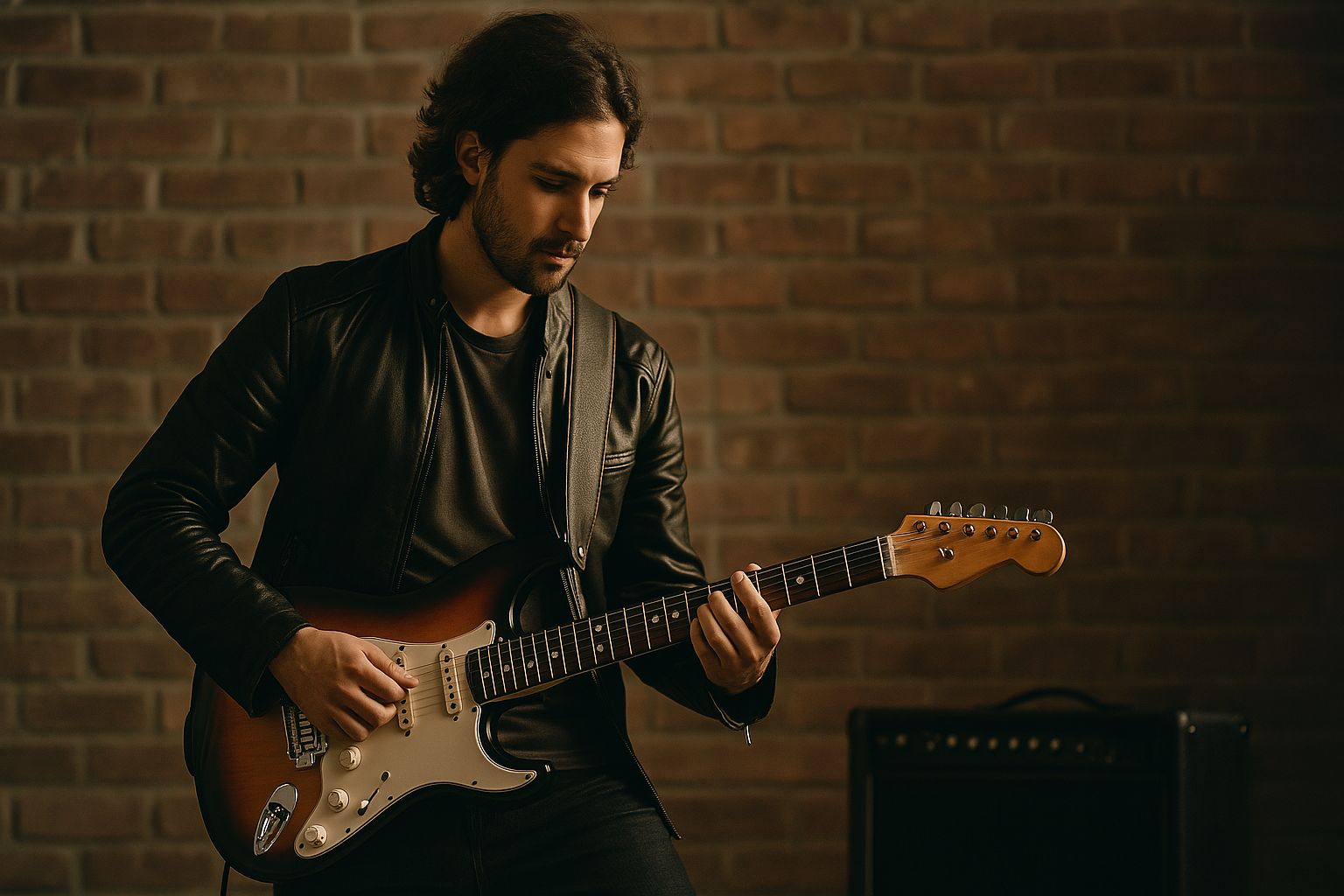
How Much Do You Need to Spend?
That depends on your goals, but here’s the good news: you don’t need hundreds of euros to see results. A well-designed €20 or €30 campaign can outperform a random €100 post boost if it’s built around the right audience and creative.
A house DJ recently promoted a reel featuring a 15-second drop from his latest track. Clean edit, energetic visuals, “Listen now” call-to-action. With €15, he earned over 600 clicks to Spotify. The same DJ ran a €50 campaign on a generic photo post the month before — and got little more than passive likes.
More Than Visibility: Branding and Fan Relationships
Advertising isn’t just about “getting seen.” It’s about building a brand.
That starts with being consistent. When someone sees your teaser reel, then your Facebook event, then your release announcement a week later — all tied together visually and emotionally — you’re not just promoting a track. You’re telling a story. You’re building a world they want to stay in.
Think of your Meta Ads as a pipeline. The first ad makes them aware. The second earns their interest. The third might turn them into a fan. And the fourth could sell out your merch or tickets.
Final Thoughts
For independent artists, the real power of Meta Ads isn’t in the budget — it’s in the strategy. In knowing who you’re talking to, what you want them to do, and how to lead them there creatively.
The feed is the new stage. Don’t just hope the algorithm puts you in front of the right audience. Learn to use the tools, control your message, and get heard on your own terms.
Would you like a visual carousel or PDF companion for this article? I can also extract a checklist or step-by-step ad template tailored for music campaigns.
![]()
